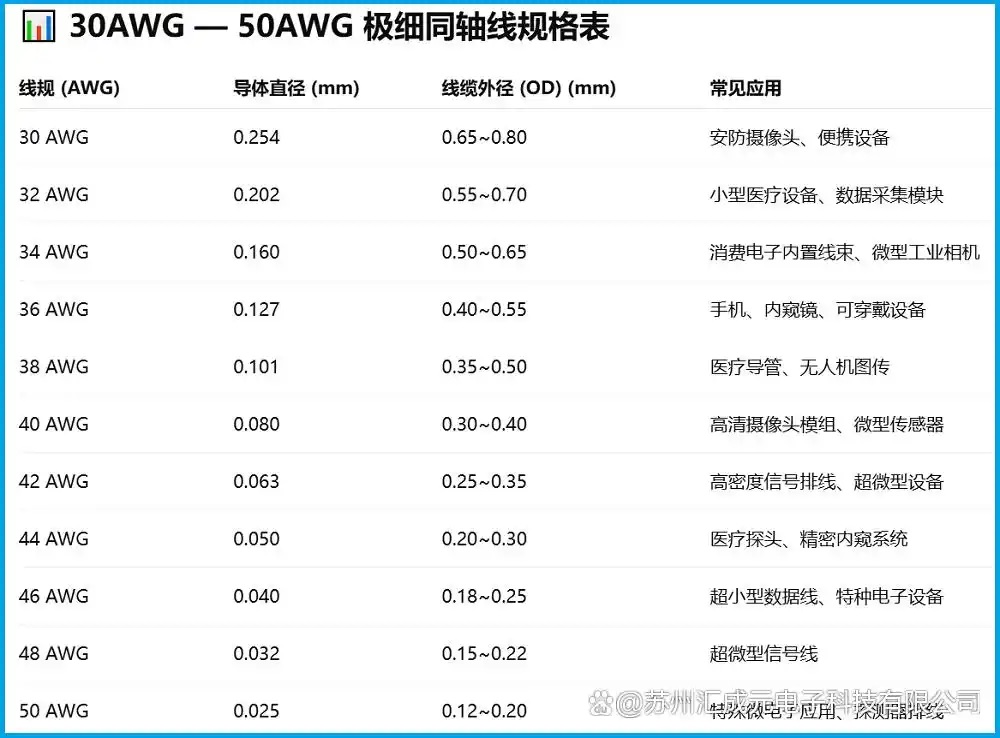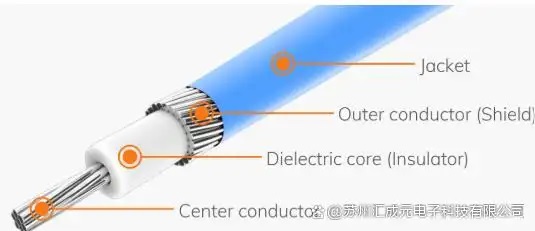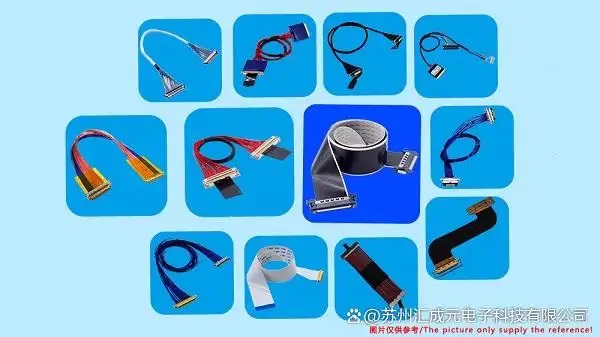Micro coaxial cable is a type of coaxial cable with an extremely small diameter and precise structure, with the wire diameter typically ranging from 0.2mm to 1.5mm. It consists of a central conductor, insulation layer, shielding layer, and sheath, and is specially designed for high-frequency signal transmission, offering excellent anti-interference and signal integrity performance. Generally, the wire gauge range for micro coaxial cables is 30AWG to 50AWG. AWG (American Wire Gauge) is a standard system of units used to indicate the diameter of wire conductors. The higher the AWG value, the finer the conductor; conversely, the lower the value, the thicker the conductor.

One, common wire gauge and wire diameter correspondence
The ultra-fine coaxial cable is mainly distinguished by the American Wire Gauge (AWG) specification. As the AWG number increases, both the conductor diameter and the overall cable outer diameter will decrease. The following are typical parameters for several common specifications:
36 AWG ultra-fine coaxial cable:
• Center conductor diameter is about 0.127 mm
The outer diameter of the cable is about 0.45 mm.
• Applicable scenarios: ultra-small cameras, endoscopes, wearable devices, and other environments with high requirements for signal quality and flexibility.
② 38 AWG ultra-fine coaxial cable:
Center conductor diameter is about 0.101 mm.
Cable outer diameter approx. 0.38 mm
Often used in applications with limited space such as smartphones, drone transmission systems, and medical catheters.
③ 40 AWG ultra-fine coaxial cable:
The diameter of the central conductor is about 0.08 mm.
The outer diameter of the cable is approximately 0.32 mm
Suitable for ultra-micro sensors, precision medical instruments, and other high-precision signal transmission occasions.
④ 42 AWG ultra-fine coaxial cable:
• Center conductor diameter is about 0.063 mm
The cable outer diameter is approximately 0.25 mm
Often used for high-density wiring, miniaturized modules, and special high-speed signal transmission systems.

Why choose different scales?
Space Limitation: The more compact the internal space of the device, the thinner the wire diameter required, and a higher AWG model needs to be selected.
Signal performance: Lower resistance with thicker wire diameter and smaller signal attenuation; however, finer wire diameter allows for more flexibility in wiring, but it also requires considering signal integrity.
Flex life: Extremely thin cables have high flexibility, suitable for frequent bending or dynamic motion applications.
Transmission rate: For high-frequency signals such as MIPI, LVDS, etc., both the wire specification and the shielding structure should be considered to ensure stable transmission.

Extremely thin coaxial cables, with a variety of wire gauge specifications (such as 36AWG, 38AWG, 40AWG, 42AWG, etc.), can be flexibly applied in miniature devices with different sizes and signal requirements. When selecting, engineers should comprehensively consider the conductor wire gauge, outer diameter (OD), spatial layout, and signal characteristics to achieve the best transmission performance and assembly compatibility.
We have been focusing on the design and customization of high-speed cable harnesses and ultra-thin coaxial cables for a long time, committed to providing stable and reliable high-speed interconnection solutions. If you have any related needs or would like to learn more, please contact: Manager Zhang.
18913228573 (WeChat same number).


